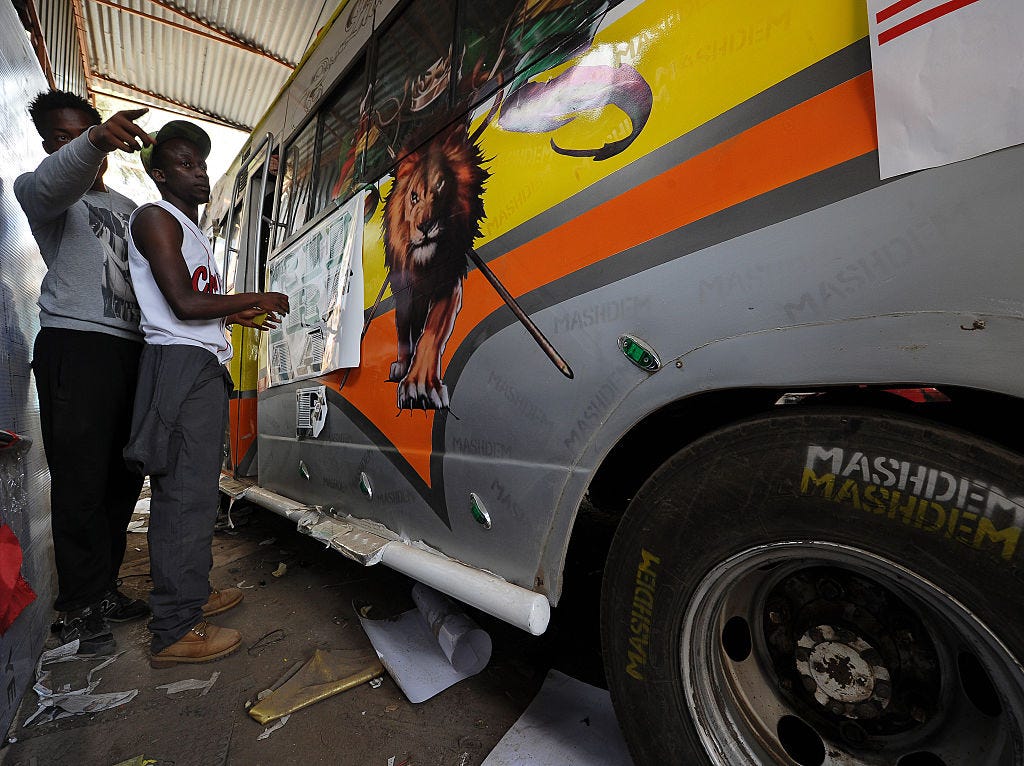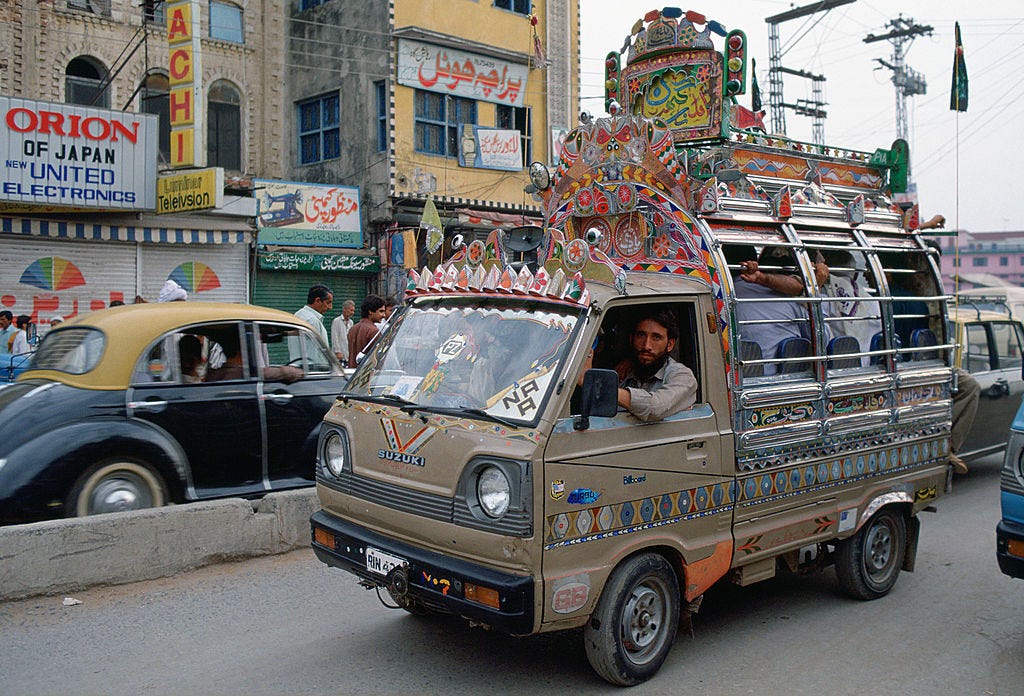This week, we interviewed Benjie de la Peña, who writes Makeshift Mobility, a publication that celebrates the world’s unofficial yet essential transportation systems.
This interview has been lightly edited for length and clarity.
What’s your publication about in one sentence?
It’s about the homegrown transportation systems that collectively move billions of people and employ millions more worldwide.
What inspired your interest in informal transportation?
I’m an urban planner and a transport geek. I’m also very keen on complex systems, fascinated with how they work, and I seek out the elements that exclude people and drive inequality in these systems.
Nearly a decade ago, while working for the Rockefeller Foundation, I led a short exploration that looked at the future of informality in cities. Informal settlements, informal employment, the informal sector, and informal transportation are dynamic systems ubiquitous in our cities, particularly in the Global South. They are often looked down upon or ignored. They are seen as backward or anti-modern and never part of the modern (read: Western) urban imagination. And yet they are the reality for the vast majority of the world. I also wrote a primer on innovations in informal transportation.
I started looking at these systems as more than transportation. I grew up in Metro Manila, where the jeepney was considered “the King of the Road.” I traveled around the world and saw the same thing happening everywhere. Informal transportation seems to be an emergent, self-organizing phenomenon.
Who is your ideal audience, and what are you hoping readers get out of your publication?
I’m trying to reach thought leaders in transportation to open their eyes to informal transportation: tuktuks, boda bodas, matatus, jeepneys, colectivos, gbakas, ojeks, autorickshaws, minibus taxis, mikrolets, etc. I want transportation planners and policymakers to see these as assets rather than problems. I want them to be curious, to appreciate the many layers of these systems. I want to shake them from their modernistic assumptions of what transportation is supposed to look like and how it’s supposed to work.
What themes do you see come up again and again when writing about this topic?
I don’t want to romanticize informal transportation; these systems have many problems. But I don’t want us to dismiss or discount these systems, either. I want us to understand how they work. I particularly want us to understand the other aspects of these systems that are often ignored in urban and transportation planning, such as the elements of art, culture, and ornamentation.
I was always fascinated by the ornamentation and the pop culture that was the aura of the jeepney. The same desire for ornamentation was in matatus in East Africa, in the extravagantly decorated buses of Pakistan, in the colectivos of Central America. The makeshift systems that worked for ordinary people along with disdain from “modern transportation planning.”
(The Philippines has a program to “modernize” the jeepney. And yes, the system has problems, but one of the things we’re losing is the self-expression and artistry that was present in traditional jeepneys.)
In nearly every city I’ve looked at, there are songs and poems about the local informal transportation mode. Jeepneys are mentioned in pop songs in the Philippines, the angkots in pop songs in Indonesia, the marshrutkas in pop songs in Ukraine and other parts of Eastern Europe. A pop song saved the gbaka in Abidjan. In Nairobi, there are DJs who built their audience and careers from making playlists and mixtapes for matatus. Reggaeton supposedly emerged from the chicken buses of Guatemala. These systems are carriers of culture.
What’s the most surprising discovery or realization you’ve had while writing about this?
That informal transportation preceded formal transportation. People have always needed rides, and so the first horse-drawn carts started selling rides way before any municipal rules or agencies came about to manage transportation services. In my spheres of transportation and urban planning, informality is often seen as a failure of formal systems. But how can they be failures when they preceded formal systems?
Our names for informal transportation also fascinate me. I’ve written about how “informal transportation” is a problematic, inadequate term. I was just in an international (virtual) workshop today, and one of the moderators said he always had a hard time explaining what informal transportation was to his audiences. I agreed but said that when we say “jeepney” to a Filipino audience, or “okada” to a Nigerian audience, they knew exactly what we were talking about. So names matter and context matters.
By the way, did you know that the term “jitney” came from the U.S.? It was slang for nickel, which came from the French jeton, or token. In the early 20th century, there were jitneys all over U.S. cities. You paid a nickel for a ride.
And the theme comes up over and over everywhere else. You call some buses in Latin America “peseros” because it (used to) cost a peso to ride. Matatu is short for mapeni matatu, or 30 cents.
Do you have a favorite example of informal transportation?
I like them all, but if I had to pick, it would be the safa tempos, which are the three-wheeled, electric informal transport in Nepal. These electric vehicles were on the road in the early 1990s, way before EVs became a thing. Their origin story also had to do with geopolitics, and their rollout helped women break into driving for transportation services in Nepal.
Who’s another Substack writer you’d recommend?
Bryan Boyer’s Urban Technology at University of Michigan is always thought-provoking about how technology intersects with cities. Also thought-provoking, but from a different angle, is Rabbi Danya Ruttenberg’s Life is a Sacred Text. I’m not Jewish, but I love Rabbi Ruttenberg’s insights.
Subscribe to Benjie’s publication, Makeshift Mobility, and find him on Twitter.







